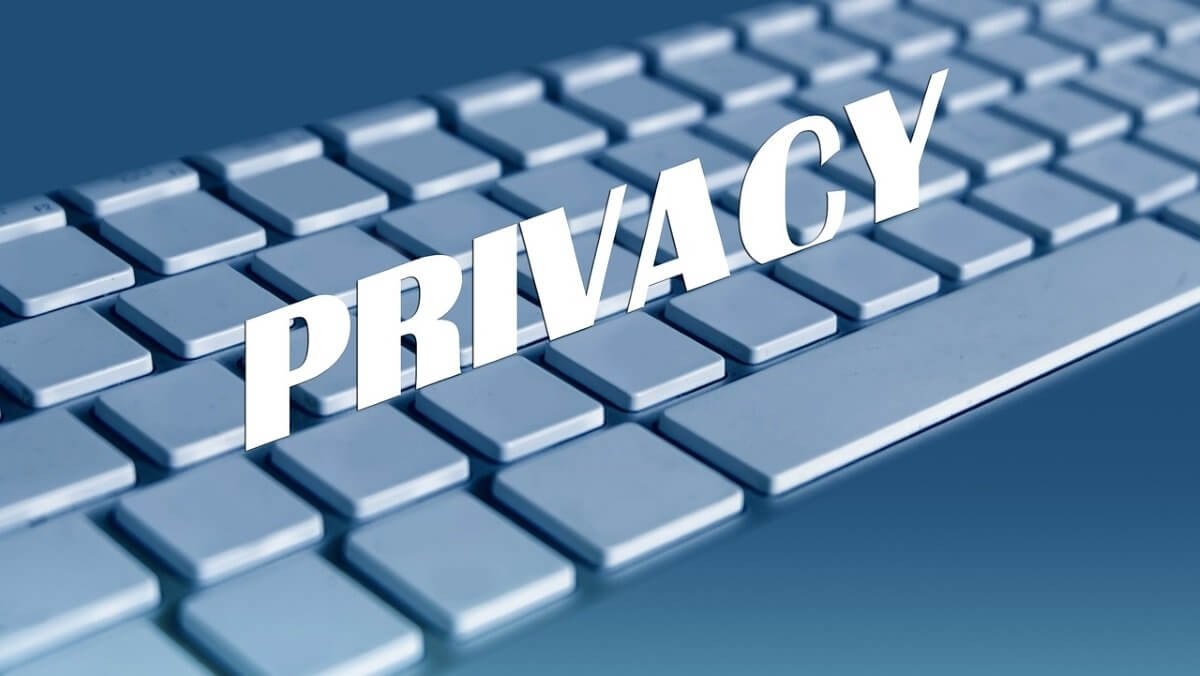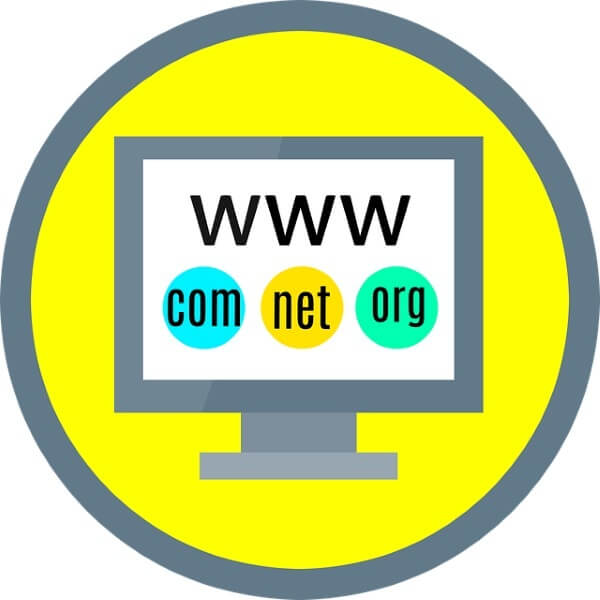Understanding WHOIS Database Privacy Before and After GDPR

Using WHOIS to Establish a Private Domain
To register a domain name, you must provide your full name, phone number, address and email address to the registrar. Your information is entered into WHOIS and becomes public for any individual using the internet. However, you can mask the details of your personal information by using WHOIS Privacy. This restricts the public from accessing your information. This offers important benefits including lower risks of identity theft and spam, as well as concealing your physical address.
The GDPR Guidelines
Prior to GDPR, when you used Nominet to register your .UK domain, all your details were automatically published by default. Non-trading individuals had the alternative to opt out of a publicly listed address through the free privacy service from WHOIS. The additional personal details were still available online. Those details were also shared for names including .com, .net, .org, .biz, .info, etc. WHOIS Privacy still provided the opportunity to mask your information but there was a fee involved.
On May 25, 2018, new guidelines from the GDPR came into effect. These guidelines prescribe hiding information on domains, including the registrant name, address, email and telephone number, from public consumption.

Using WHOIS to Protect your Personal Information
The need to protect your personal information through WHOIS still exists. Even though the information is no longer available publicly, it is accessible to specifically accredited third parties, including security community members, commercial litigators and law enforcement authorities. WHOIS ID Protect restricts these agencies to the contact data. A court order must be submitted for any additional data to be released.
Another excellent benefit of the WHOIS ID Protect is the provision enabling third parties to make contact with the domain owner. This is accomplished by using the email address displayed in the privacy services for the protected WHOIS. It is important to note that this option was not a standard regarding the WHOIS service once the GDPR guidelines came into effect. Your personal data is associated with your domain name but is protected through WHOIS privacy. This data is not shared with any of the registries.
The Legalities Regarding your Domain Name
Your contact information for your domain name must always be up-to-date and accurate due to legalities including, but not limited to, ownership disputes. When you registered your domain, you accepted the registration agreement. This was your confirmation that you were providing entirely reliable, current and accurate information. These conditions were imposed by the ICANN. If you do not meet and maintain the requirements, you risk having your domain name either cancelled or suspended. The process becomes much easier with the unique email address you will be provided with through WHOIS Privacy. This email will capture all of your mail and make certain it is forwarded to your real email address. Besides, WHOIS Privacy helps to prevent spam by regularly changing your ID Protect email address.